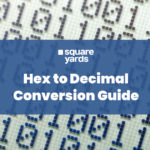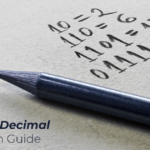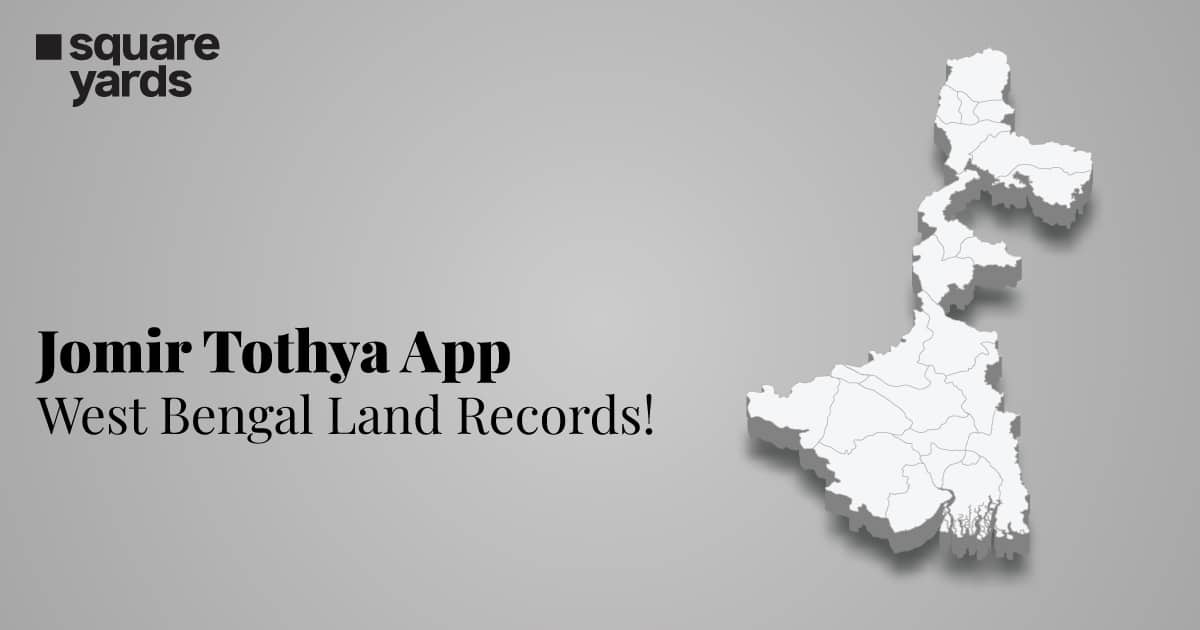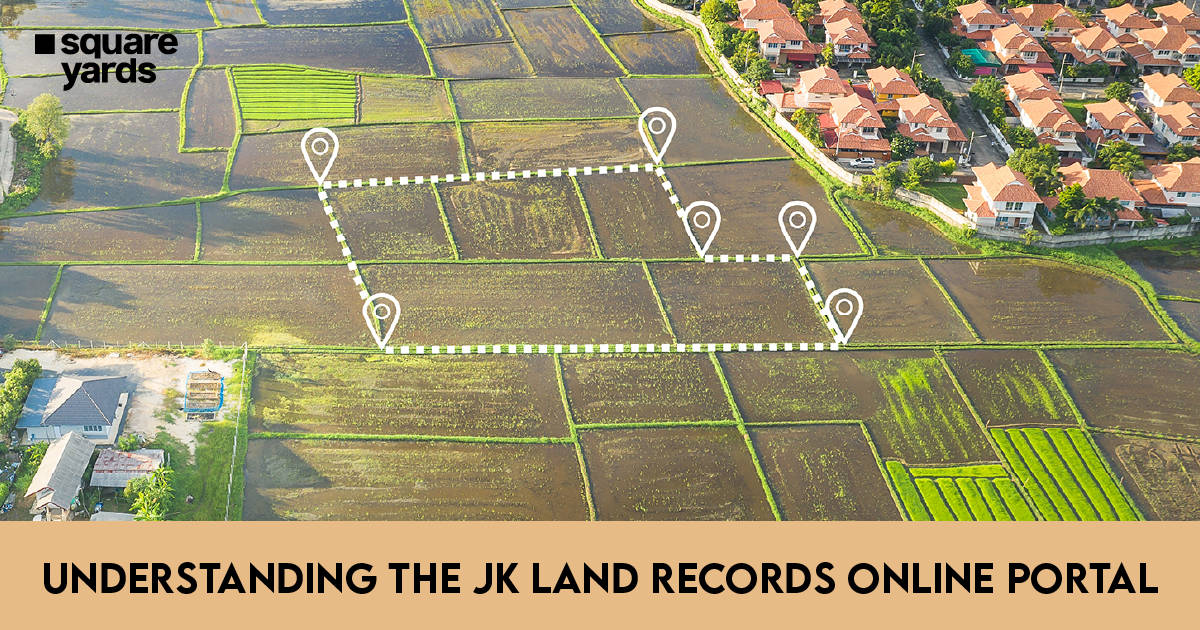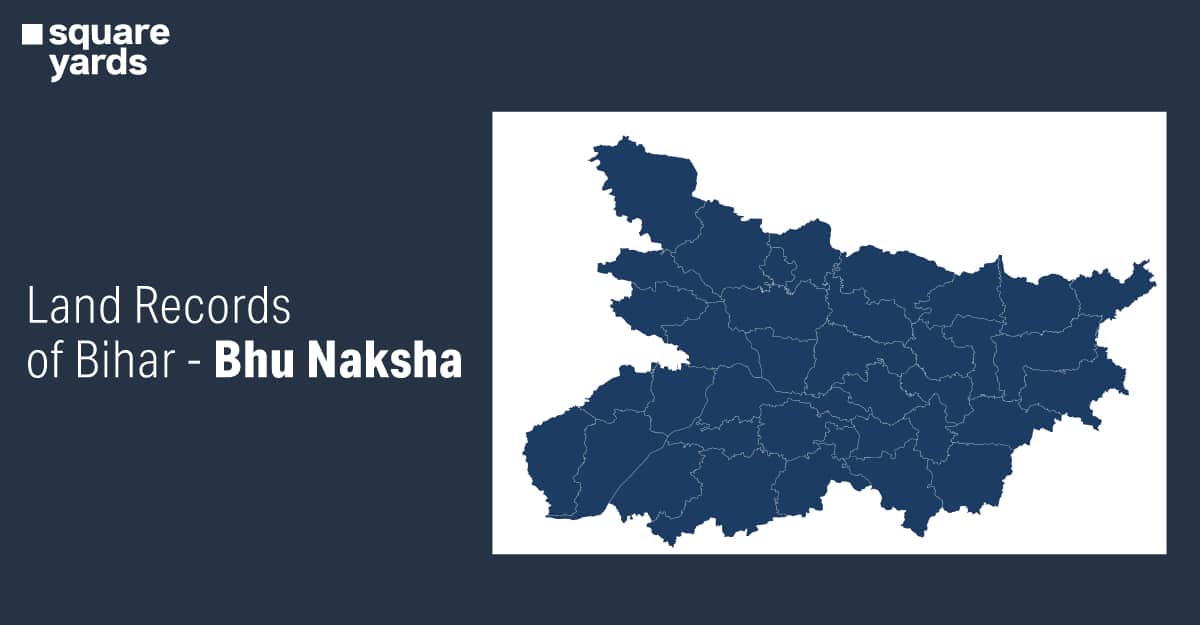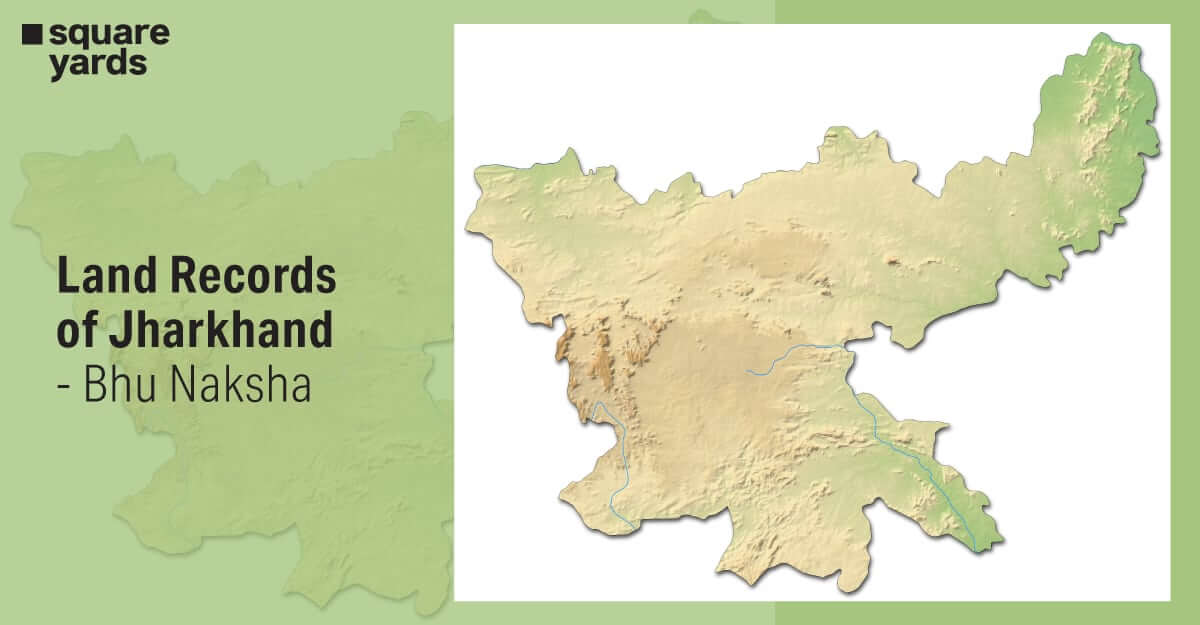Are you struggling to convert yards to inches? Do you find yourself constantly searching for the conversion factor between yards to inches? Don’t worry, you’re not alone! Whether you’re completing a DIY project, sewing a new outfit, or calculating the length of a football field, knowing how to convert yards to inches is essential.
This blog aims to provide you with a complete understanding of the relationship between yards and inches and equip you with a straightforward formula to convert between the two units of measurement.
Table of contents
What is Yards?
Yards is a unit of measurement that we encounter frequently, particularly when it comes to measuring distance or length. In the United States, yards is a commonly used unit of measurement and are often used to measure things like fabric, the distance between objects, and the length of a football field.
One yard is equal to 3 feet or 36 inches, making it a relatively convenient unit of measurement for everyday use. Whether you’re planning a landscaping project or trying to figure out how much fabric you need for your next DIY project, understanding what a yard is and how to measure it accurately is essential.
Uses of Yards
Yards is used in various ways in everyday life. One common use of yards is for measuring fabric, where it’s the standard unit of measurement in the textile industry. Additionally, yards is commonly used for measuring the length of large outdoor spaces such as gardens, parks, and athletic fields like football, soccer, or rugby fields.
Yards can also be used to measure the distance between two points, making it a useful tool for navigation, construction, and surveying.
Overall, understanding the uses of yards in everyday life can help us make more informed decisions when it comes to measuring and planning various projects.
Origins of Yards
The history of yards dates back to ancient times when humans needed a standard unit of measurement for trade and commerce. In ancient Egypt, the cubit, which was the distance from the elbow to the tip of the middle finger, was used as a unit of measurement. The cubit was then standardised to be equal to one yard by the English in the Middle Ages. The yard has since become an important unit of measurement in various fields, including textile manufacturing, construction, and engineering.
Over time, the yard has evolved to become a standard unit of measurement in many countries around the world, and its historical significance continues to shape the way we measure distance and length today.
Whats is Inch?
Inches are a commonly used unit of measurement in our daily lives, yet many of us may not fully grasp their definition and significance. An inch is a unit of length measurement that is used in both the imperial and US customary systems of measurement. It is abbreviated as “in” or represented by a double prime symbol (“). To put it into perspective, one inch is equal to 1/12th of a foot or 1/36th of a yard. This may seem like a small amount, but inches are used to measure everything from the length of a pencil to the height of a building. So, the next time you’re measuring something in inches, you’ll have a better understanding of what it actually means.
Uses of Inches
Inches are a fundamental unit of measurement that we encounter in our everyday lives more often than we might realise. From measuring the dimensions of a piece of furniture to calculating the size of a TV screen, inches are an essential unit for accurately determining the length or width of various objects. Construction workers use inches to measure the length of pipes, wires, and lumber to ensure they fit precisely into a building. In the fashion industry, inches are used to create perfectly tailored garments. Additionally, inches are used in the production of appliances such as refrigerators, televisions, and computer monitors, where their size is measured in inches to provide customers with accurate information on their dimensions. Overall, inches are a versatile unit of measurement used across various fields, and their importance cannot be understated in our daily lives.
Origins of Inches
The history of inches dates back to ancient times when people used various parts of their bodies as measuring tools. In fact, the word “inch” comes from the Latin word “uncia,” meaning “one-twelfth part,” which refers to the approximate width of an adult’s thumb. In medieval Europe, the inch was standardised as the width of three grains of barley placed end-to-end. Over time, the inch became more formally defined as the length of three “barleycorns.”
In the 18th century, the inch was officially recognised as a unit of measurement in Britain and was defined as exactly 1/36th of a yard. In 1959, the International Yard and Pound Agreement was signed, which standardised the inch to exactly 2.54 centimetres.
Today, the inch is a commonly used unit of measurement in the United States, United Kingdom, and other countries that use the imperial system. While the original definition of the inch was based on the human body, it has now been standardised to provide a consistent and precise means of measuring length.
How Yards and Inches are Related?
The relationship between yards and inches is an important concept to understand in the world of measurement. One yard is equal to 36 inches, which means that there are 36 inches in one yard. This conversion factor, yards to inches, is crucial for anyone who needs to convert between these two units of length. Conversely, one inch is equal to 0.0277778 yards, which means that there are approximately 36.0000008 inches in a yard.
By understanding how these units of measurement are related to one another, it is possible to make accurate calculations and measurements for a variety of projects and applications.
Yards to Inches Conversion
Now that we understand the relationship between yards and inches, let’s understand how we can convert yards to inches.
With the following formula, you can easily do yd to inch conversion:
inches = yards x 36
This formula works because one yard is equivalent to 36 inches. Therefore, to convert any measurement from yards to inches, you just need to multiply it by 36. Using this formula will assist you in obtaining an accurate result.
Formula and Examples on Yards to Inches Conversion
You already know the formula to convert yards to inches is as follows:
inches = yards x 36
To further enhance your understanding, here are some examples of how to use this formula:
Example 1: Convert 5 yards to inches:
5 yd = (5 × 36) = 180″
Therefore, 5 yards is equivalent to 180 inches.
Example 2: Convert 75 yards to inches:
75 yd = (75 × 36) = 2,700″
Therefore, 75 yards is equivalent to 2,700 inches.
Example 3: Convert 150 yards to inches:
150 yd = (150 × 36) = 5,400″
Therefore, 150 yards is equivalent to 5,400 inches.
Example 4: Convert 500 yards to inches:
500 yd = (500 × 36) = 18,000″
Therefore, 500 yards is equivalent to 18,000 inches.
Example 5: Convert 750 yards to inches:
750 yd = (750 × 36) = 27,000″
Therefore, 750 yards is equivalent to 27,000 inches.
Example 6: Convert 1000 yards to inches:
1000 yd = (1000 × 36) = 36,000″
Therefore, 1000 yards is equivalent to 36,000 inches.
Example 7: Convert 2000 yards to inches:
2000 yd = (2000 × 36) = 72,000″
Therefore, 2000 yards is equivalent to 72,000 inches.
Example 8: Convert 5000 yards to inches:
5000 yd = (5000 × 36) = 180,000″
Therefore, 5000 yards is equivalent to 180,000 inches.
Example 9: Convert 7500 yards to inches:
7500 yd = (7500 × 36) = 270,000″
Therefore, 7500 yards is equivalent to 270,000 inches.
Example 10: Convert 30000 yards to inches:
3000 yd = (3000 × 36) = 108,000″
Therefore, 3000 yards is equivalent to 108,000 inches.
Yards to Inches Conversion Table
| Yards (yd) | Inches(in) |
| 1 | 36 |
| 2 | 72 |
| 3 | 108 |
| 4 | 144 |
| 5 | 180 |
| 6 | 216 |
| 7 | 252 |
| 8 | 288 |
| 9 | 324 |
| 10 | 360 |
| 11 | 396 |
| 12 | 432 |
| 13 | 468 |
| 14 | 504 |
| 15 | 540 |
| 16 | 576 |
| 17 | 612 |
| 18 | 648 |
| 19 | 684 |
| 20 | 720 |
| 21 | 756 |
| 22 | 792 |
| 23 | 828 |
| 24 | 864 |
| 25 | 900 |
| 26 | 936 |
| 27 | 972 |
| 28 | 1008 |
| 29 | 1044 |
| 30 | 1080 |
| 31 | 1116 |
| 32 | 1152 |
| 33 | 1188 |
| 34 | 1224 |
| 35 | 1260 |
| 36 | 1296 |
| 37 | 1332 |
| 38 | 1368 |
| 39 | 1404 |
| 40 | 1440 |
| 41 | 1476 |
| 42 | 1512 |
| 43 | 1548 |
| 44 | 1584 |
| 45 | 1620 |
| 46 | 1656 |
| 47 | 1692 |
| 48 | 1728 |
| 49 | 1764 |
| 50 | 1800 |
| 51 | 1836 |
| 52 | 1872 |
| 53 | 1908 |
| 54 | 1944 |
| 55 | 1980 |
| 56 | 2016 |
| 57 | 2052 |
| 58 | 2088 |
| 59 | 2124 |
| 60 | 2160 |
| 61 | 2196 |
| 62 | 2232 |
| 63 | 2268 |
| 64 | 2304 |
| 65 | 2340 |
| 66 | 2376 |
| 67 | 2412 |
| 68 | 2448 |
| 69 | 2484 |
| 70 | 2520 |
| 71 | 2556 |
| 72 | 2592 |
| 73 | 2628 |
| 74 | 2664 |
| 75 | 2700 |
| 76 | 2736 |
| 77 | 2772 |
| 78 | 2808 |
| 79 | 2844 |
| 80 | 2880 |
| 81 | 2916 |
| 82 | 2952 |
| 83 | 2988 |
| 84 | 3024 |
| 85 | 3060 |
| 86 | 3096 |
| 87 | 3132 |
| 88 | 3168 |
| 89 | 3204 |
| 90 | 3240 |
| 91 | 3276 |
| 92 | 3312 |
| 93 | 3348 |
| 94 | 3384 |
| 95 | 3420 |
| 96 | 3456 |
| 97 | 3492 |
| 98 | 3528 |
| 99 | 3564 |
| 100 | 3600 |
Difference Between Yards and inches
Here is a table that outlines the differences between yards and inches:
| Yards | Inches | |
| Definition | A unit of length equal to 3 feet or 36 inches. | A unit of length equal to 1/12th of a foot or 0.0254 meters. |
| Smaller Units | 1 yard = 36 inches | 1 inch = 1/12th of a foot |
| Larger Units | 1 yard = 0.3333 recurring feet | 1 foot = 12 inches |
| Common Use | Used to measure longer distances, such as the length of a football field. | Used to measure shorter distances, such as the length of a pencil. |
| Abbreviation | Often abbreviated as “yd” | Often abbreviated as “in” or “in.” |
| Conversion | 1 yard = 36 inches or 0.9144 meters | 1 inch = 0.0277778 yards or 0.0254 meters |
Conclusion
In conclusion, knowing how to convert yards to inches is a useful skill for a wide variety of applications. By using the conversion factor of 1 yard equals 36 inches, you can easily convert between these two units of length. Whether you are measuring longer or shorter distances, being able to convert yards to inches can help you make accurate measurements. So, next time you need to convert yd to inch, remember to use the conversion factor of 1 yard equals 36 inches and accurately convert between the two units.
You may also like:
FAQ’s about Yards to Inches
Q1. How many inches make 1 yard?
1 yard is equal to 36 inches.
Q2. Is 3 yards equal to 36 inches?
No, 3 yards is equal to 108 inches.
Q3. Is 4 yards equal to 12 feet?
No, 4 yards is equal to 48 feet,









